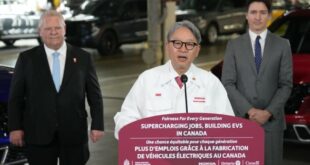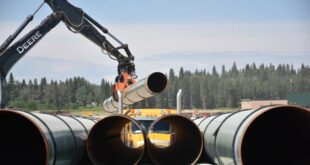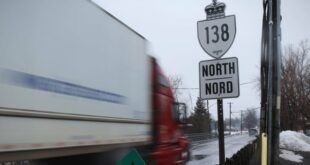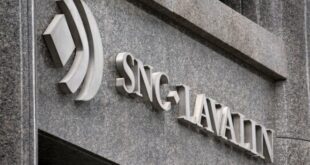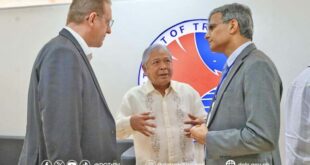Known as WILMA, airline says tests showed system saved about 2 minutes per flight.

United Airlines is changing the way it boards passengers in economy class this week, reverting to a system where passengers in a window seat will be seated first, followed by middle seats and then aisle seats in a manner that the airline says will save precious minutes on every flight.
The airline has been testing the plan — called WILMA, for window, middle and aisle — at a half dozen locations for several weeks, and in an internal memo it says the system saves, on average, two minutes per flight.
Other airlines have tried variations on the system before, even as most eventually revert back to the current system whereby higher-paying first-class and business-class passengers board first, followed by passengers from the rear of the plane to the front.
The WILMA system is a better one because it minimizes bottlenecks as much as possible, said Jason Steffen, an associate professor of physics at the University of Nevada, Las Vegas, who is credited with having invented a similar system more than a decade ago.
A Steffen system goes one step further, staggering window, middle and aisle boarding by row number, which gives people time and space to get into their seats as fast as possible.
“It spreads people out along the aisle of the airplane so that more people can put their luggage away at the same time. That’s the main thing that speeds up the boarding process,” he said.

Window, middle, aisle: United Airlines’ new way of boarding planes
Though a departure from its current system, United isn’t going to a full WILMA model. Instead, seating will change for passengers in the fourth boarding group. That means customers in first class and business class will see no change in their routine, and there’s also no change for those with priority-boarding privileges, including travellers with disabilities, unaccompanied minors, active-duty military and families with children who are two or under.
That will limit its effectiveness, said Henry Harteveldt, an analyst with Atmosphere Research Group, a travel-advisory firm in San Francisco.
Harteveldt boarded a United flight on Tuesday, and he told CBC News in an email that by his estimation, there were 67 people who boarded the plane before the fourth group was allowed on.
“When United first introduced the WILMA method on its U.S. west coast shuttle flights in the early 1990s, there were far fewer priority boarding groups,” he said. “If airlines want to improve boarding, they need to take a deep breath and make a big, bold change — they need to end charging for checked bags and start charging for full-size carry-on bags.”
Tinkering with the boarding process has become an obsession for airlines in recent years because of their relentless push to cut costs, McGill University lecturer in aviation management John Gradek says.
“The Nirvana of airlines is to create an operating model that has the least amount of ground time possible,” he said in an interview Tuesday. “They don’t make any money when the airplane is sitting on the ground, they make money with the airplane flying, so … the whole objective is to get those people boarded as fast as you possibly can.”
The airline says it thinks its new system will save as much as two minutes per flight, which may not sound like much to a passenger, but Gradek says that to an airline, it’s huge.
He says U.S. airline Southwest is famous for being able to process a flight — deplane all passengers, unload bags, clean it, board new passengers and load their bags — in 20 minutes.
“If they can turn around a plane in 20 minutes that means every day they can get one additional flight,” he said. “If United can get two minutes for hundreds of flights a day, that’s a bunch of free flights — and that’s a lot of money.”
Steffen of the University of Nevada says that carry-on luggage is the main thing that slows down plane boarding.
“Any time you have to wrestle with luggage up over your head, it’s going to slow things down,” he said.
Other systems
Other systems have tried to solve the problem in other ways. On Southwest, for example, there is no assigned seating but passengers board in groups and grab whatever seat they can find. Effectively, by randomizing the process, bottlenecks are reduced and studies have suggested the process is faster.
Mathematician Eitan Bachmat crunched the numbers on two other systems — one where the fastest passengers with no bags are allowed to board first, and another where the slowest groups of people are allowed to go first. Both were better than the current back-to-front method.
The push to board faster is complicated by the airlines’ desire to sell early boarding or give it to elite members of their frequent-flier programs. Only after those people are seated — generally near the front of the plane — can everyone else board, passing the priority customers on the way to their seats in the back of the cabin.
“Priority boarding is a money-maker. Up to a certain point, that money is worth more than worrying about boarding three minutes earlier every time,” said Seth Miller, who writes about the travel experience at Paxex.aero.
Harteveldt says charging for carry-on bags would do the trick more than anything else, but added that airlines can’t do that with a straight face until they can improve their performance in the realm of lost baggage.
“They need to also make a commitment to passengers that checked bags will be delivered in a timely manner,” he said. “And they need to make sure passengers can track the status of their checked bags.”
Gradek says he is skeptical the new system will work, mostly because he doubts it can do anything to fix the problem of carry-on luggage.
“By the time you get to seating the aisle seats, those overheads are going to be full,” he said. “I wish them luck.”
ABOUT THE AUTHOR

Senior Business Writer
Pete Evans is the senior business writer for CBCNews.ca. Prior to coming to the CBC, his work has appeared in the Globe & Mail, the Financial Post, the Toronto Star, and Canadian Business Magazine. Twitter: @p_evans Email: pete.evans@cbc.ca
With files from Anis Heydari and The Associated Press
*****
Credit belongs to : www.cbc.ca
 Atin Ito First Filipino Community Newspaper in Ontario
Atin Ito First Filipino Community Newspaper in Ontario
